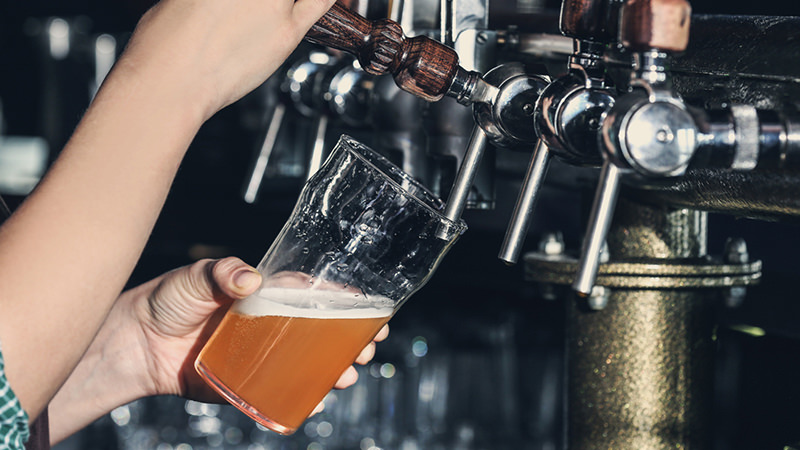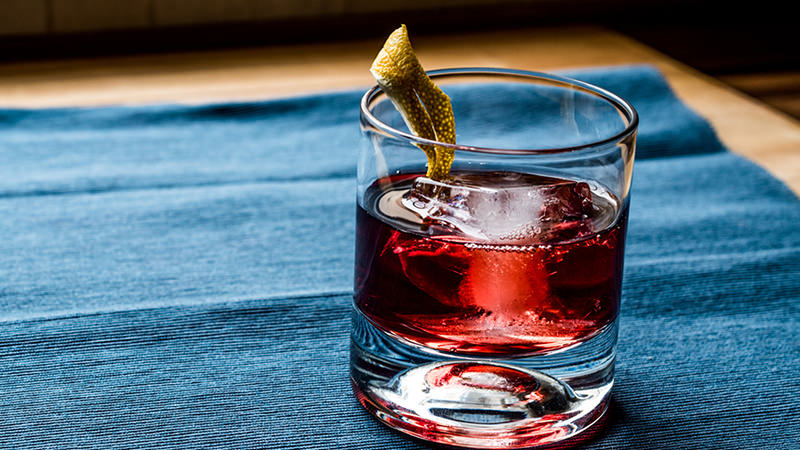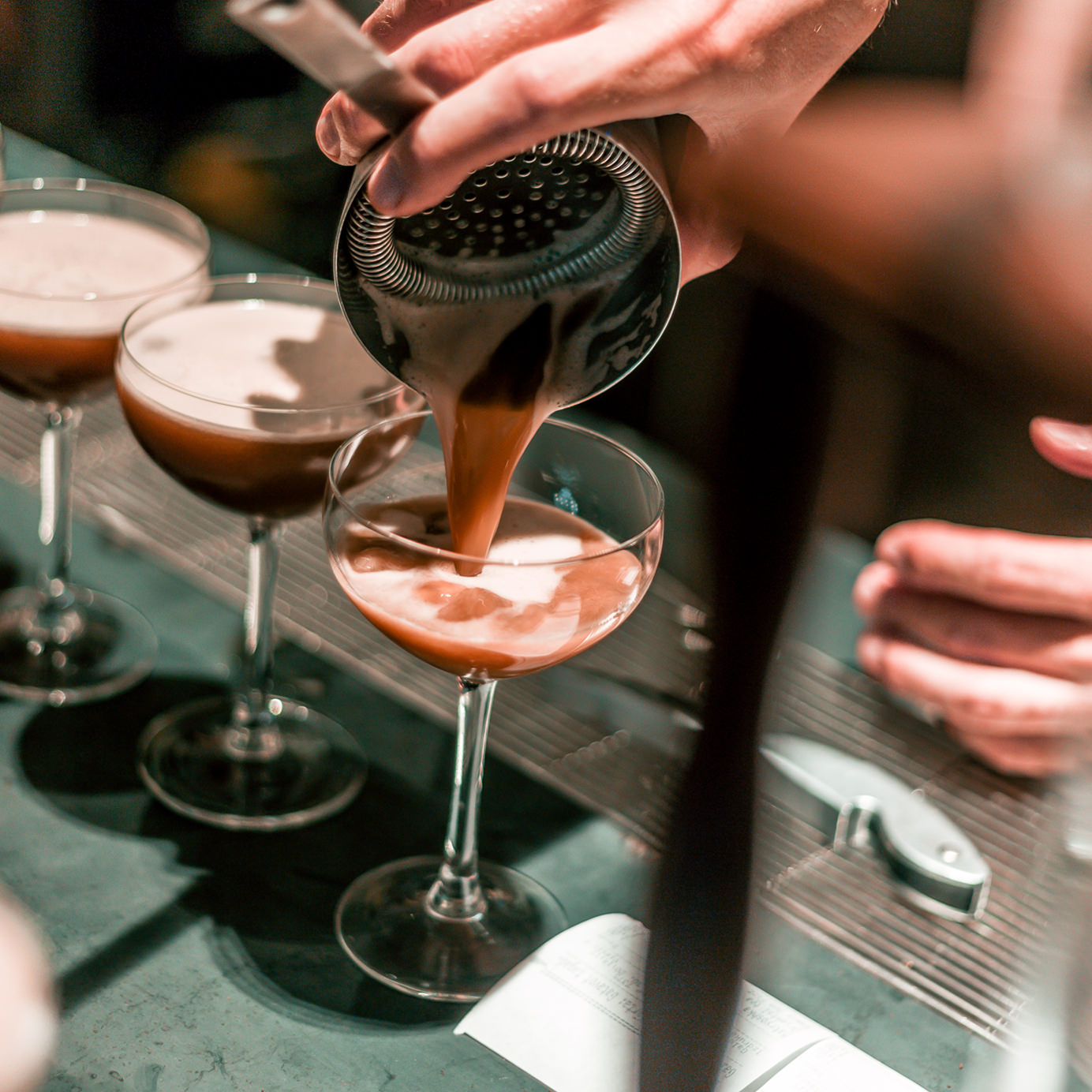With 2017 tilting toward our collective rearview mirror, we’re reflecting on the previous year. It’s been an extremely exciting time for the beer, wine, and spirits world, from a seemingly endless stream of craft beer acquisitions to the meteoric climbs of natural wine and amaro. We can’t wait to see what keeps glasses filled and hearts alight in the year to come.
Here are eight predictions for where we’ll go, what we’ll drink, and what we’ll leave by the roadside in 2018.
Natural Wine Reaches its Tipping Point
The fervor surrounding natural wine, the wildly popular, loosely defined category of wines produced biodynamically or organically, is catapulting toward a fever pitch. We think it will peak and eventually decline in 2018. As experts question the category, and the market is inevitably saturated with bottles of varying caliber, consumers and distributors alike will start to backpedal. We expect to see some of the bar and restaurant lists solely devoted to natural wines start to even out their offerings with traditional bottles.
New England IPAs Will Be Bigger — and Better
Hot on the heels of massive IPA growth has come New England IPAs (NEIPA), a hazy sub-genre that swaps hoppy bitterness for big, juicy flavors. NEIPAs are fashionable — “You can’t deny the popularity of the beer,” Mitch Steele, former Stone Brewing brewmaster, told VinePair earlier this year — but the category lacks refinement. “A lot of brewers have been going for aesthetics, the way it looks, rather than focusing on flavors, focusing on nuance,” John Holl, senior editor of Craft Beer & Brewing, said in an interview this month. As with natural wine, it’s exciting to buck convention, but quality control is imperative. We expect the category to continue to expand while recalibrating and refining itself in 2018.
Negroni Fans Reach for Rye
Negroni, a bitter, 98-year-old Campari cocktail, underwent an enormous marketing push in recent years, resulting in widespread acclaim as well as Negroni-flavored ice pops, a 2016 Negroni-themed Pandora playlist, and annual Negroni Week. These days the Boulevardier, a Negroni riff that swaps gin for rye or bourbon, is jockeying for prominence. “My heart will always belong to the Negroni,” Emily Arden Wells, founder of Gastronomista.com, an influential cocktail blog and drinkstagram account, wrote in an email, “But sometimes I cheat on my true love and enjoy a little variation in the form of a Boulevardier.” With rye consumption on the rise in the United States, and colder temperatures hitting a portion of the country, the Boulevardier’s ascendance is imminent.

Everyone Stops Ignoring Sobriety
Seedlip, the world’s first non-alcoholic spirit, launched this year, and searches for “mocktails” on Pinterest rose 160 percent. Next year bars and restaurants will continue investing more time and ingredients in non-alcoholic beverages such as juices, agua frescas, and housemade sodas. Counter joints like Los Angeles’s Lemonade and Minneapolis’s Agra Culture Kitchen are already hip to the economic possibilities of spirit-free bar tabs, and fine dining options are similarly abundant. Atera, a Michelin-starred restaurant in New York City, currently offers a $105 “temperance pairing” as well as a $175 wine pairing, as does Trois Mec in L.A. ($40 for non-alcoholic pairings, or $70 for wines).
Wine Bars Are Everywhere, All the Time
As fine dining continues its decades-long transmutation from white tablecloths to (sustainably sourced) butcher blocks, so too has the all-day cafe morphed from roadside Starbucks to hip, coffee-, wine-, beer-, and cocktail-slinging hangout. We predict the cafe/wine bar hybrid will continue to rise as sommeliers, bar managers, and restaurateurs see its popular appeal and economic viability. Think Slightly Toasted or Quiote in Chicago, Alta CA in Los Angeles, or NYC’s Fairfax, Daily Provisions, or Atla. (The New York Times recently named Atla one of the top restaurants of 2017.)
Big Craft Gets Bigger
The number of craft breweries in the United States reportedly surpassed 6,000 in 2017. First-wave craft labels like Brooklyn Brewery and Samuel Adams, founded in 1987 and 1984, respectively, are now among the old guard. Earlier this year, another elder statesman, Sixpoint Brewing, founded in 2004, hired craft wunderkind Eric Bachli, formerly of Trillium Brewing, to spearhead product development. As craft beer grows, bigger fish will acquire smaller breweries and stellar brewers in order to maintain coolness and relevance.

Young Somms Are the Norm, Not the Exception
A variety of factors have resulted in a younger pool of aspiring and certified sommeliers coming to the fore. In expensive real-estate destinations like greater San Francisco and New York, the restaurant business is increasingly untenable, and such well-regarded restaurants as Cafe Rouge and Rebelle, respectively, shuttered in the last year. As the market demands longer hours on the floor and extracurriculars like Instasomm-ing to move bottles and generate awareness, the median age of working sommeliers will continue to decrease.
Tequila Will Outpace Mezcal
Mezcal is an industry darling, beloved by VinePair editors and bartenders alike, but it is no match for tequila’s heft. According to Nielsen data reported in Fortune, tequila generates $5.1 billion in American bars and restaurants, versus mezcal’s $41.7 million. As agave spirits gain prominence as sippers and cocktail ingredients, and modern Mexican restaurants evolve nationwide, tequila sales will keep growing, while mezcal will maintain a small, loyal following.
